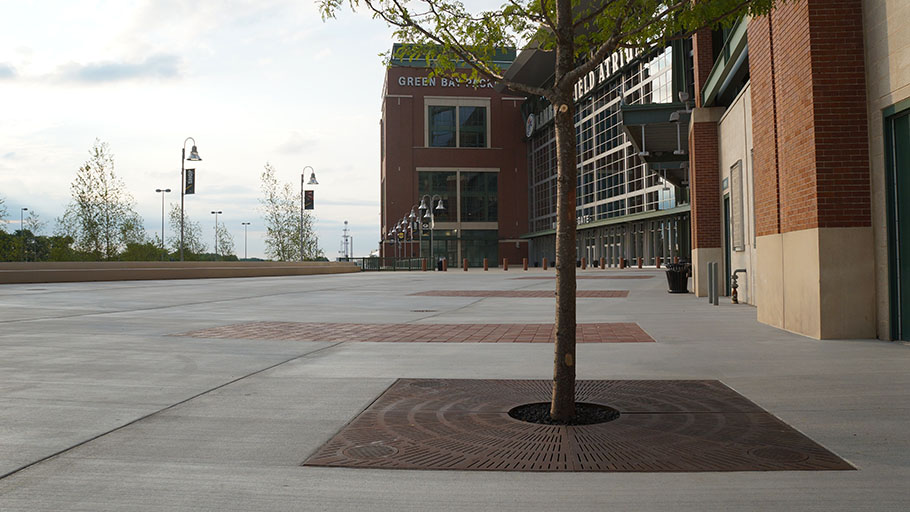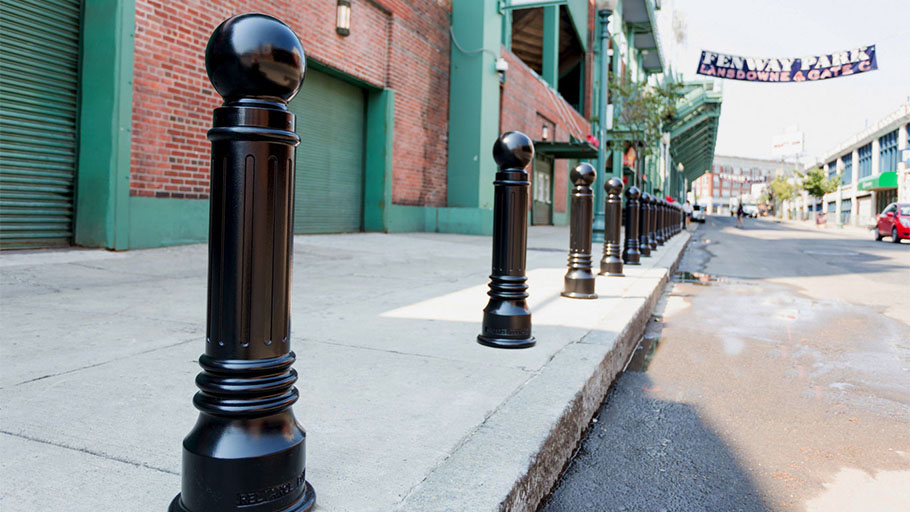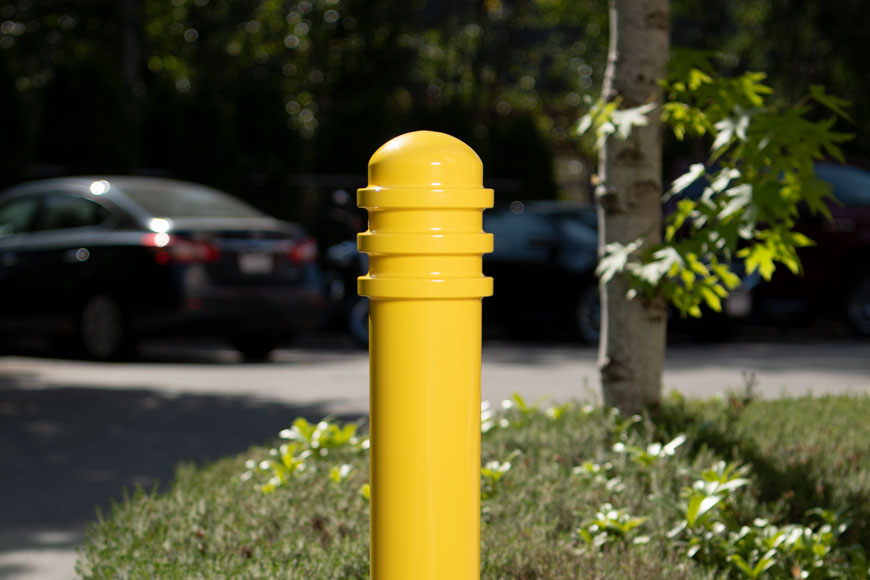Understanding your community’s wants and needs for public spaces
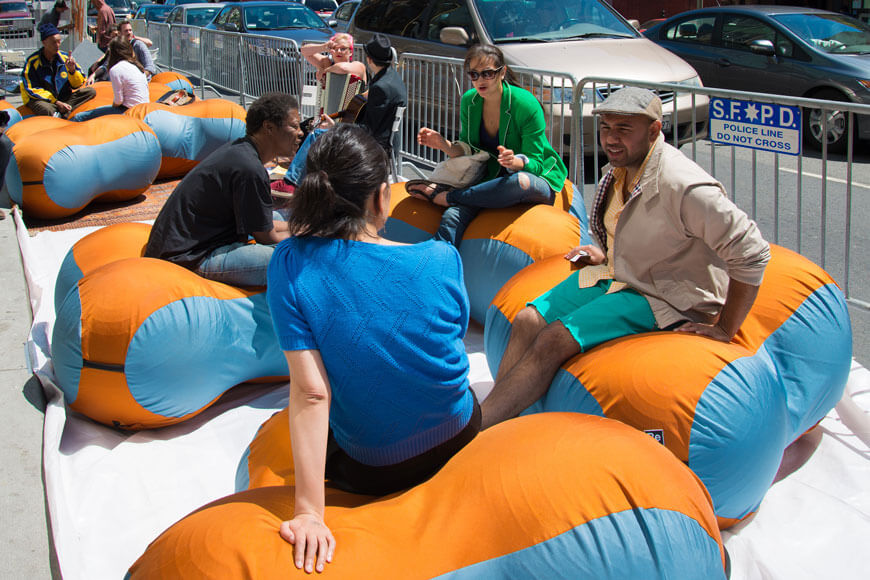
“If you build it, they will come.” The famous misquote from the 1989 movie Field of Dreams has become a mainstay among developers and architects. This is the rationale behind creating a structure before demand exists: If a site is built, people will inevitably take note of it—and demand will follow.
This overlaps with the process and philosophy for the placemaking of public spaces. But what is placemaking? Why is it an important concept not just for urban planners, but for the average person living in the city?
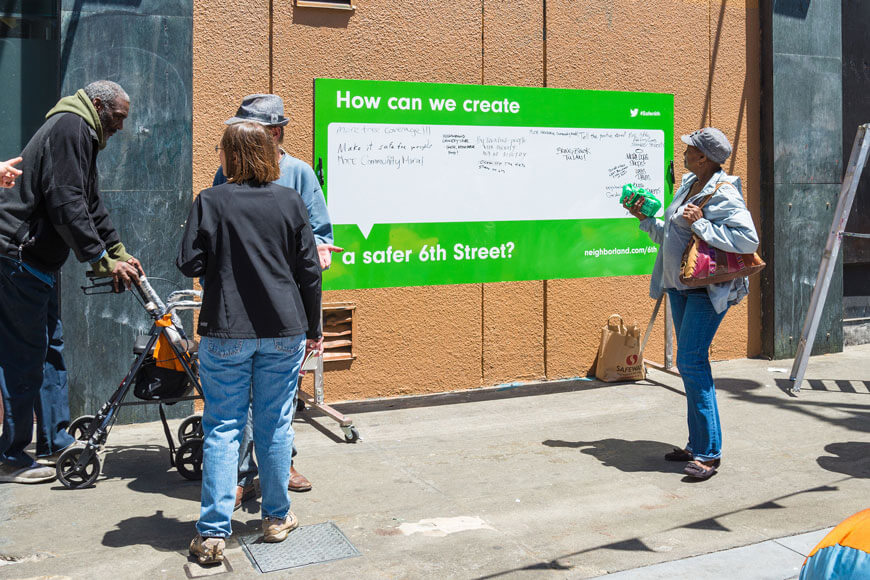
On placemaking, pop-ups, and public spaces
Placemaking is a multi-sided approach to the preparation, design, and administration of public spaces. The overall focus of the method invites the use of a local community’s assets, inspiration, and potential, with the intention of creating public spaces that promote people’s health, happiness, and well-being.
The main intention of placemaking is to create urban areas that are more livable. There are many ways that architectural site planners can achieve this. They can, for example, convert portions of a city used for vehicular traffic into courtyard and park-like areas. These public spaces can also include additional site furnishings such as washrooms, seating arrangements, and pedestrian safety precautions. These sites are also often sectioned off to ensure the safety of people who congregate in the area.
The term “pop-ups” relates to temporary sites that, as the name suggests, pop up in urban areas. This allows cities the freedom to utilize more radical and innovative ideas in a trial setting, at a reduced cost to the public. If the project gains enough support from the public, the city will often implement the popup space permanently. As such, pop-up sites are the perfect opportunity for a city to adapt placemaking practices.
The placemaking process originated in the 1960s, but really became popular in the mid ‘90s, influencing site designers and architectural practices to this day. The concept highlighted the importance of building and designing cities for the people living there, rather than prioritizing cars and shopping centers. This humanist approach to architectural design encourages the local community to take part in the planning and execution of public spaces. The community can then share what they want from such a space, and how to safely use it. The suggestions create a common vision for the site to be implemented, inviting deeper interaction among the community.
Placemaking offers community stakeholders the chance to share their own values and ideas about the places they use.
As site design has become heavily regulated and institutionalized, placemaking offers community stakeholders the chance to share their own values and ideas about the places they use. Those implementing placemaking must consider the relationships between surrounding retailers, traffic flow, and site activities, and design the public space with these elements in mind. Landscape changes, additional seats, and traffic calming adjustments are all adjustments site renovators can consider.
Proper placemaking creates public spaces for people to enjoy safely. Public sites should encourage pedestrians to take a moment out of their busy urban lives to voluntarily experience the sites’ offerings, creating a stronger sense of local community and activity.
Case studies
As with any theory or architectural approach, placemaking is easier said than done. Challenges include reaching out to and gaining the trust of the local community, breathing new life into underused sites, and making traffic adjustments. When done correctly, however, placemaking can return an ignored public space to life, providing a sense of community to the surrounding neighborhood. Placemaking also creates a healthier public area by encouraging the well-being of its users. This is done by supporting exercise such as biking or walking, or preserving the space’s natural ecosystem and setting.
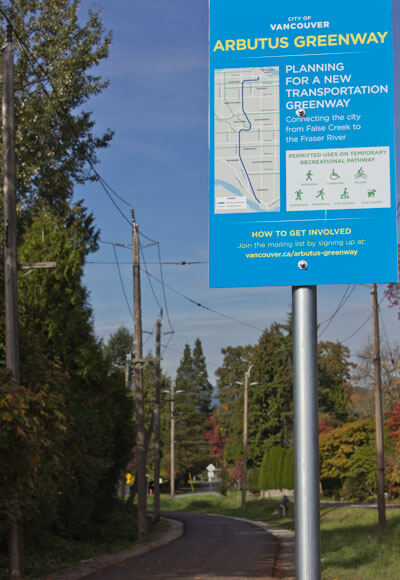
The Arbutus Greenway
One successful example of placemaking is the Arbutus Greenway, a rail-to-trail transportation corridor in Vancouver, Canada. The greenway was once a rail owned by the Canadian Pacific Railway, but was left unused after 2001. The City of Vancouver purchased the pathway, with several ideas in mind for the site’s future. However, the city decided to host a stakeholders’ workshop, with the intention of formulating a local vision for the greenway’s design. This, along with a public consultation survey, provided locals the opportunity to decide what they wanted for the corridor.
Residents polled agreed the new greenway should preserve the local ecology, with room for indigenous plants and species along the path. Another consideration was the requirement that the path represent and provide social inclusion and interaction, giving people from different situations the chance to come together in the community. Residents also supported the duality between stretches of tranquil green areas and the bustling neighborhood hubs. The majority supported the trail variety, as well as the idea to install seating throughout the path. Another popular idea was the preservation of cultural elements such as street art and preserved railway markers.
These suggestions provided a direction for the Arbutus Greenway site planners. The City of Vancouver took various steps to ensure the public had a say in the matter, leading to more than 4,000 interactions with stakeholders, including almost 3,000 responses to questionnaires. The result is a pathway that provides cyclists and pedestrians with a 5.6-mile (9 kilometer) road through the city. The road is marked with separations for pedestrians and cyclists, allowing access for both to the path safely. Surrounding street crossings received minor improvements, along with multiple benches being installed along the path.
The greenway also features public art in the form of rainbow-colored stones alongside the road at certain sections. Local second grade students were granted permission to create street art in the form of rainbow rocks at the greenway. Each rock contains inspirational messages from the children on the other side, encouraging passing people to stop and flip the stones.
The road has been constructed, though additional improvements are planned for late 2019. The city continues to improve safety at local intersections, include more public art, and accommodate a streetcar. City inhabitants have taken to the greenway to walk, bike, and roller blade down the recreational path. While still incomplete, the greenway gives an example of the effects placemaking can have on a site’s success.
Avenue C
Another successful placemaking space is the public plaza at Avenue C in New York. The Avenue C Plaza was originally an unoccupied concrete triangle between two diverging roads. When a group of local volunteers saw that the space was not being used, they proposed the public plaza to the neighborhood. Residents and neighbors of Avenue C and McDonald Avenue were invited to public meetings to discuss the proposed plaza, submit suggestions for the plaza’s art, and share thoughts and concerns.
The community came together to develop the public space into a pedestrian plaza. The once-barren concrete island added amenities including moveable tables and chairs, umbrellas, planters, and granite blocks. Flowers were also planted in the planters for decoration, making the plaza a pleasant site for locals to sit and socialize.
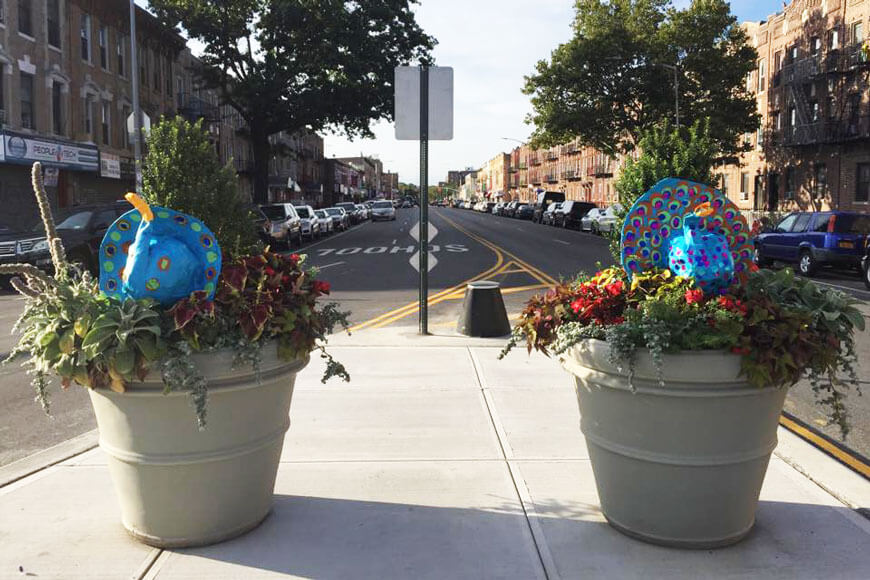
Many activities were held at the site, including Dia de los Muertos (Day of the Dead) celebrations, rallies, and local movie nights. In fact, the successful placemaking space became the subject of further improvements and renovations when the New York’s Department of Transportation (DOT) upgraded the plaza with permanent fixtures.
The improvements were intended to calm nearby traffic, enhance safety, and improve access to the public space. DOT upgraded the painted space and plaza with concrete. As well, pedestrian crossing signals, pedestrian ramps, and protective Martello bollards were added to the site. The traffic bollards were installed at the ends of the plaza, between the concrete island and the incoming split traffic lanes. The bollard installation placement prevents car collisions upon the concrete, protecting site users and amenities from danger. Because of the Martello bollard’s obtuse shape, the site’s security posts redirect vehicles back onto the road if they collide with the bollard’s sloped sides.
Today, the public space of Avenue C Plaza sees a multitude of diverse local activities. Locals use it to meet neighbors, and local volunteers use it as a gathering place. The Kensington Stewards, a group of local volunteers, manage and program the plaza. The triangle between streets has been transformed into a vibrant meeting place, all due to these community-driven efforts.
Avenue C Plaza, and the Arbutus Greenway are both revitalized public sites, serving people of all ages, abilities, and backgrounds. Placemaking is a great way to understand the public’s wants and needs regarding architectural sites and structures. By involving the community directly in the planning process, placemaking ensures those who will use the site have input and drive the design. It also creates a sense of responsibility to the site, encouraging local activities and site engagement. It’s important to remember, however, that placemaking is an ongoing process. Successful sites continue to make improvements as local use adapts and changes. Regular community-led activity and site care are signs of successful placemaking for years to come.
Sources
- Daniel, Lorne. “Placemaking.” Rethink Urban.
- Project for Public Spaces. “What is Placemaking?” PPS.
- Takemoto, Neil. “Pop-up placemaking and next gen urban neighborhoods.” Cool Town Studios.
- Vancouver Public Space Network. “Talking the line: Visions for Arbutus Greenway at stakeholder workshop.”
Image Credits
- Arbutus Greenway looking north: Rod Raglin, CC BY 2.0, via Flickr
- Placemaking: Market and 6th: SPUR, CC BY 2.0, via Flickr








